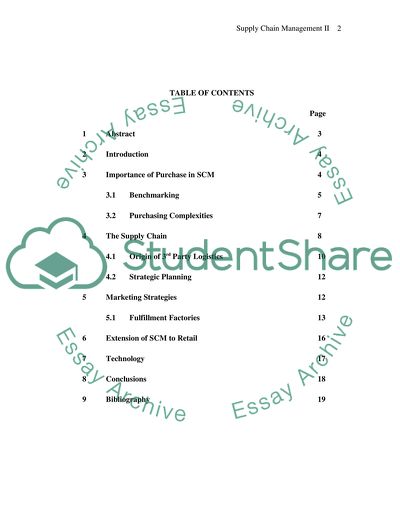Cite this document
(Supply Chain Management and Marketing Strategy Essay - 1, n.d.)
Supply Chain Management and Marketing Strategy Essay - 1. Retrieved from https://studentshare.org/marketing/1711084-supply-chain-management-and-marketing-strategy
Supply Chain Management and Marketing Strategy Essay - 1. Retrieved from https://studentshare.org/marketing/1711084-supply-chain-management-and-marketing-strategy
(Supply Chain Management and Marketing Strategy Essay - 1)
Supply Chain Management and Marketing Strategy Essay - 1. https://studentshare.org/marketing/1711084-supply-chain-management-and-marketing-strategy.
Supply Chain Management and Marketing Strategy Essay - 1. https://studentshare.org/marketing/1711084-supply-chain-management-and-marketing-strategy.
“Supply Chain Management and Marketing Strategy Essay - 1”, n.d. https://studentshare.org/marketing/1711084-supply-chain-management-and-marketing-strategy.


